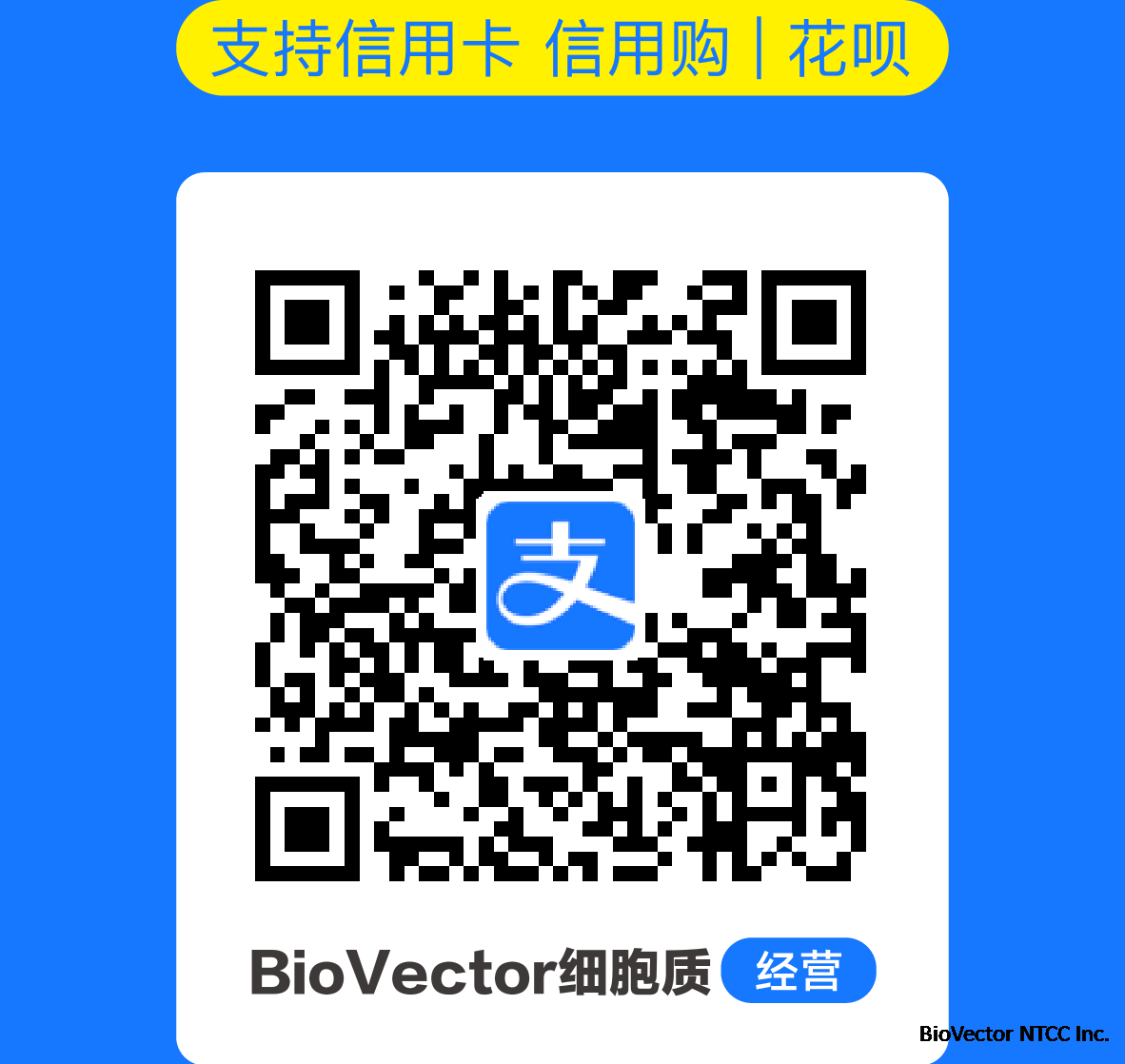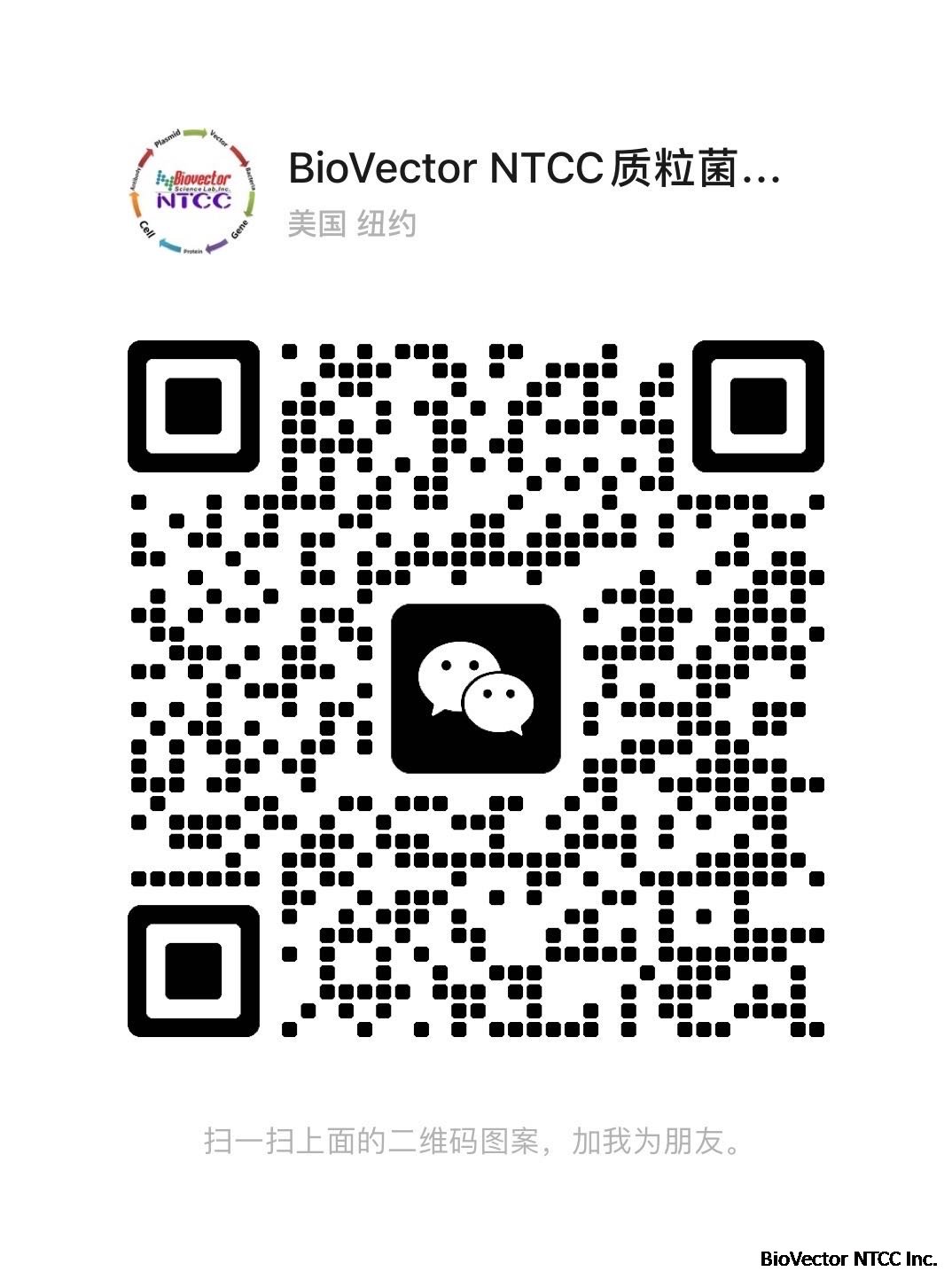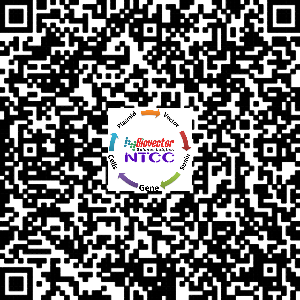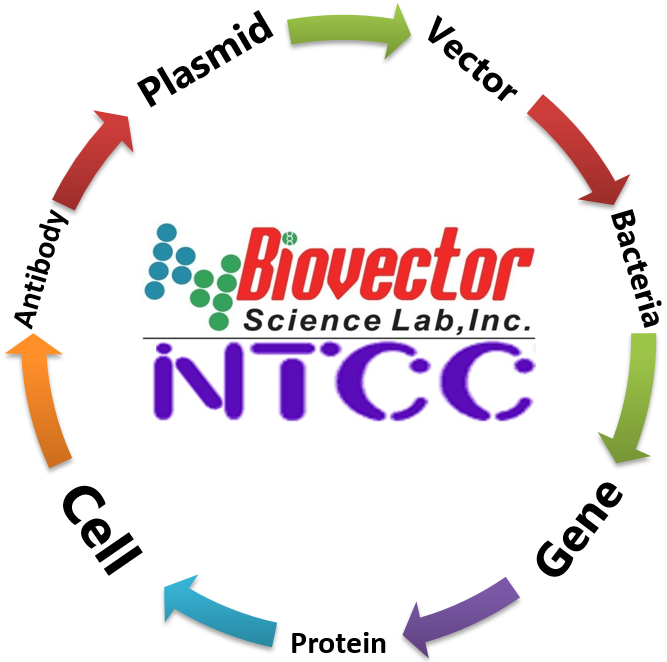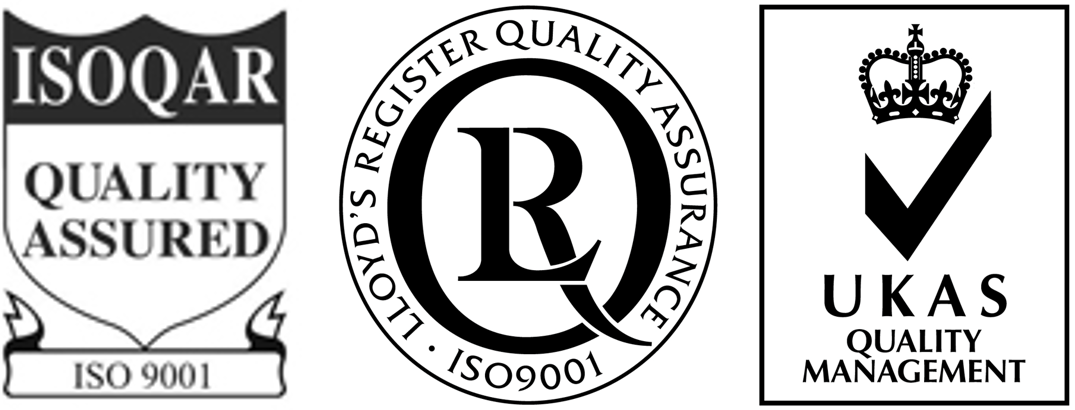H19-7/IGF-IR cell line细胞株细胞系 BioVector NTCC质粒载体菌种细胞基因保藏中心
- 价 格:¥49865
- 货 号:H19-7/IGF-IR
- 产 地:北京
- BioVector NTCC典型培养物保藏中心
- 联系人:Dr.Xu, Biovector NTCC Inc.
电话:400-800-2947 工作QQ:1843439339 (微信同号)
邮件:Biovector@163.com
手机:18901268599
地址:北京
- 已注册
H19-7/IGF-IR cell line细胞株细胞系
BioVector NTCC质粒载体菌种细胞基因保藏中心
Organism Rattus norvegicus, rat
Tissue brain/hippocampus
Cell Type fibroblast
Product Format frozen
Morphology fibroblast
Culture Properties adherent
Biosafety Level 2 [Cells contain SV40 DNA Viral Sequences]
Biosafety classification is based on U.S. Public Health Service Guidelines, it is the responsibility of the customer to ensure that their facilities comply with biosafety regulations for their own country.
Age embryo; 17 day gestation
Strain Holtzman
Applications This cell line can be used for analysis and comparison of mitogenesis (34°C) and differentiation (39°C).
Derivation
The H19-7 cell line was derived from hippocampi dissected from embryonic day 17 (E17) Holtzman rat embryos and immortalized by retroviral transduction of temperature sensitive tsA58 SV40 large T antigen. H19-7/IGF-IR cells were established by infecting H19-7 cells with a retroviral vector expressing the human type I insulin-like growth factor receptor (IGF-IR). The cells were selected in medium containing puromycin.
Receptor Expression
human type I insulin-like growth factor receptor (IGF-IR)
Comments
H19-7 cells grow at the permissive temperature (34°C) in epidermal growth factor or serum.
They differentiate to a neuronal phenotype at the nonpermissive temperature (39°C) when induced by basic fibroblast growth factor (bFGF) in N2 medium (DMEM-high glucose medium with supplements).
At 39°C, expression of the human IGF-IR in H19-7 cells induces an insulin-like growth factor (IGF) I dependent differentiation. The cells extend neurites and show increased expression of NF68.
H19-7/IGF-IR cells express the IGF-IR protein. IGF-IR is known to send two seemingly contradictory signals inducing either cell proliferation or cell differentiation, depending on cell type and/or conditions.
This cell line does not express detectable levels of the SV40 T antigen.
Complete Growth Medium The base medium for this cell line is ATCC-formulated Dulbecco's Modified Eagle's Medium, Catalog No. 30-2002. To make the complete growth medium, add the following components to the base medium: 0.2 mg/ml G418
0.001 mg/ml puromycin
fetal bovine serum to a final concentration of 10%
Subculturing Volumes used in this protocol are for 75 cm2 flask; proportionally reduce or increase amount of dissociation medium for culture vessels of other sizes.
Note: Flasks used to propagate these cells must be coated with 0.015 mg/mL poly-l-lysine. Cover the surface of the vessel with poly-l-lysine solution for 5 minutes, remove, and let dry.
Remove and discard culture medium.
Briefly rinse the cell layer with 0.25% (w/v) Trypsin-0.53 mM EDTA solution to remove all traces of serum that contains trypsin inhibitor.
Add 2.0 to 3.0 mL of Trypsin-EDTA solution to flask and observe cells under an inverted microscope until cell layer is dispersed (usually within 5 to 15 minutes).
Note: To avoid clumping do not agitate the cells by hitting or shaking the flask while waiting for the cells to detach. Cells that are difficult to detach may be placed at 37°C to facilitate dispersal.
Add 6.0 to 8.0 mL of complete growth medium and aspirate cells by gently pipetting.
Add appropriate aliquots of the cell suspension to new culture vessels.
Incubate cultures at 34°C.
Subculture Ratio: 1:3 to 1:5
Medium Renewal: Every 2 to 3 days.
Note: For more information on enzymatic dissociation and subculturing of cell lines consult Chapter 10 in Culture of Animal Cells, a manual of Basic Technique by R. Ian Freshney, 3rd edition, published by Alan R. Liss, N.Y., 1994.
Cryopreservation
Freeze medium: Complete growth medium supplemented with 5% (v/v) DMSO
Storage temperature: liquid nitrogen vapor phase
Culture Conditions
Atmosphere: air, 95%; carbon dioxide (CO2), 5%
Temperature: 34°C
Growth Conditions: Flasks used to propagate these cells must be coated with 0.015 mg/mL poly-l-lysine. Cover the surface of the vessel with poly-l-lysine solution for 5 minutes, remove and let dry.
【Supplier来源】BioVector NTCC Inc.
TEL:+86-010-53513060
【Website网址】 http://www.biovector.net
- 公告/新闻
